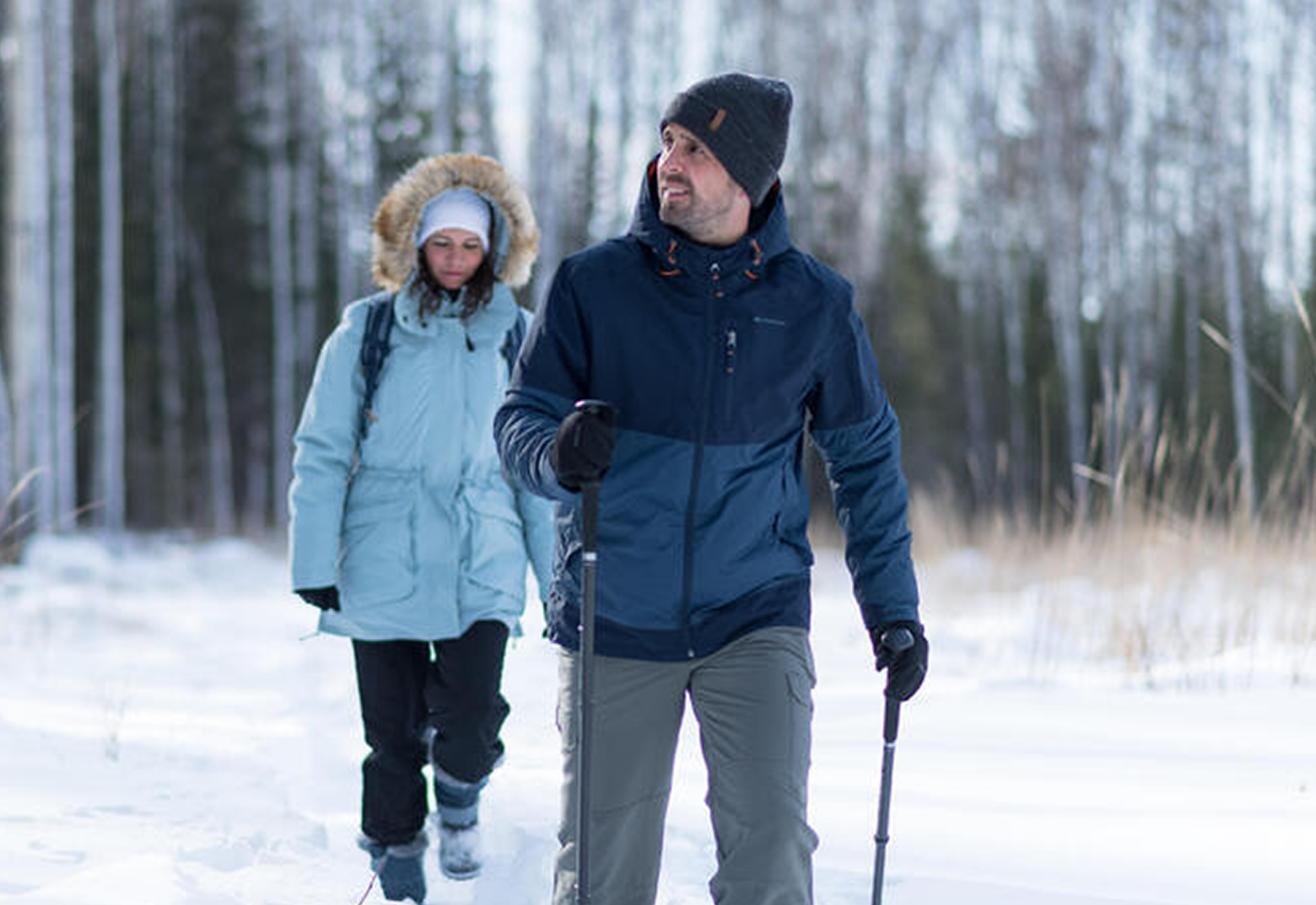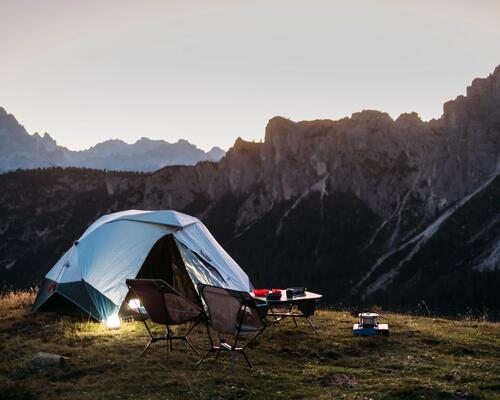What is the purpose of a sleeping bag?
A sleeping bag is a portable insulated bed designed for outdoor use, providing thermal protection and comfort during camping or backpacking. It helps maintain warmth by trapping body heat and shields against the elements.
Your choice of sleeping bag should depend on your activities. Have a thought on the kind of camping you are going to be doing. When we talk of camping, we generally talk about car camping or backpacking.
Car camping is about sleeping in a tent while keeping your camping gear and other stuff in a car nearby. When you have a car with you, it is not really necessary to worry about the weight or compactness of your sleeping bag. You should focus more on comfort so that you get restful sleep at night.
Backpacking however, is when you plan to trek or hike on your camping trip. Meaning spending several hours in the wilderness while carrying your camping gear on your back. If this is your idea of camping, you need something that is lightweight and compact.
With some context, here are a few Decathlon sleeping bags you may consider depending on your type of camping:










